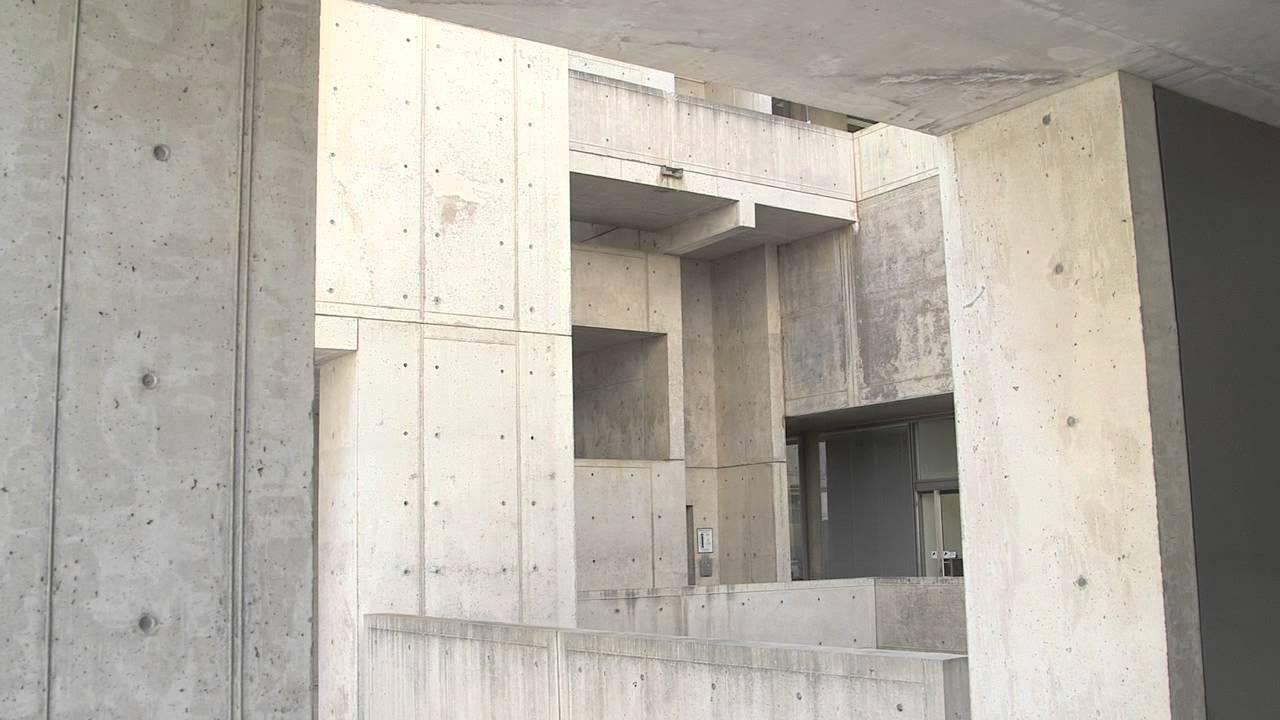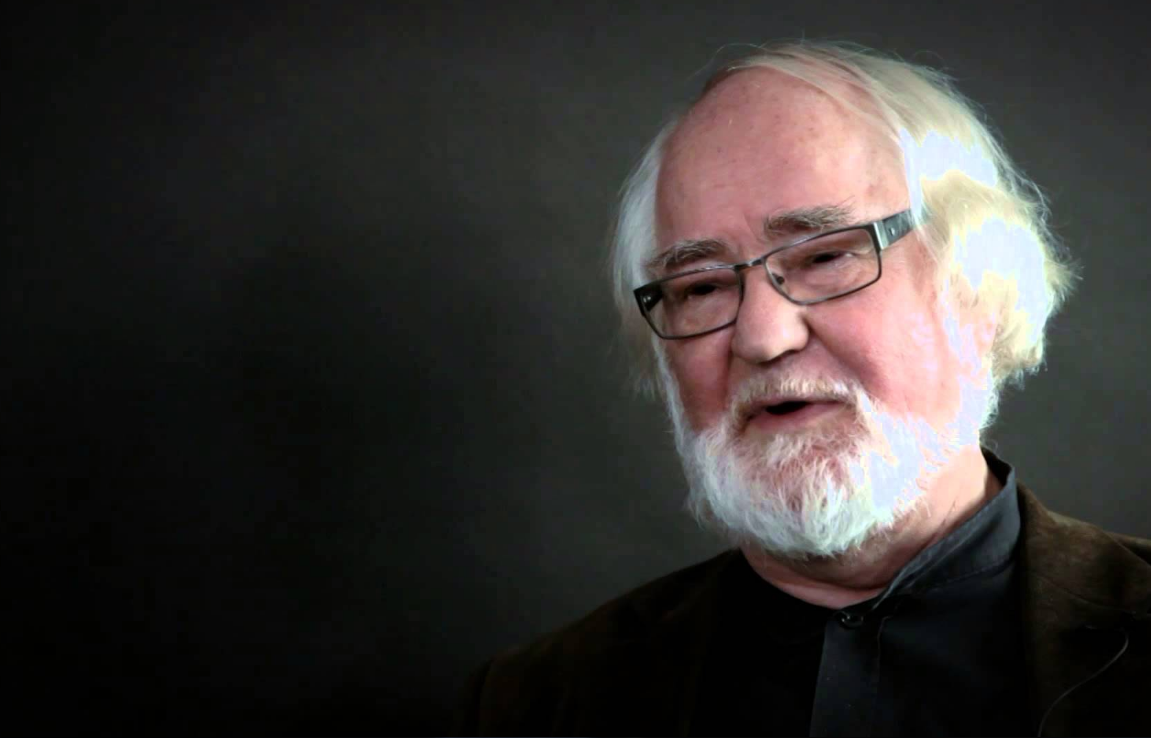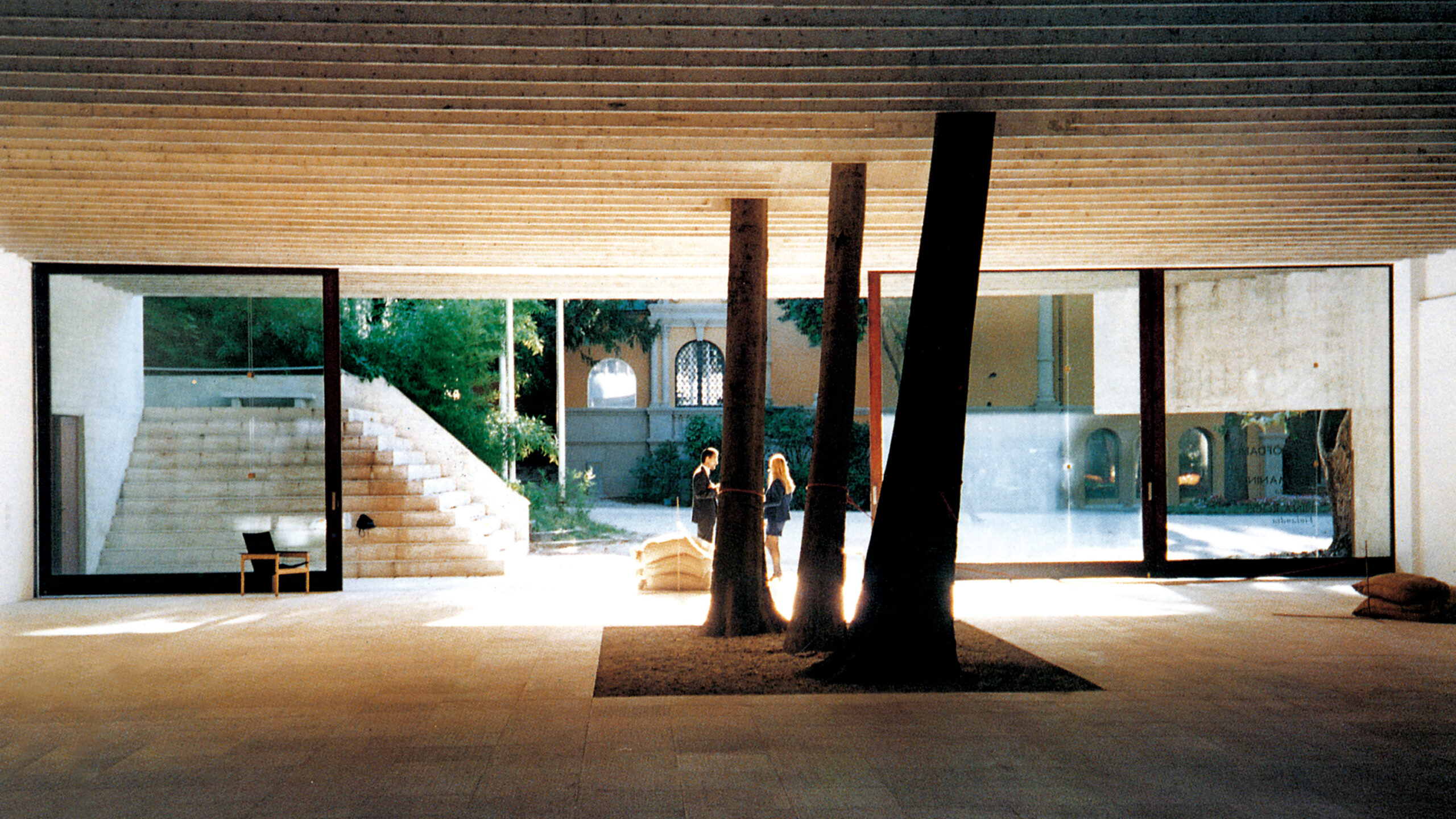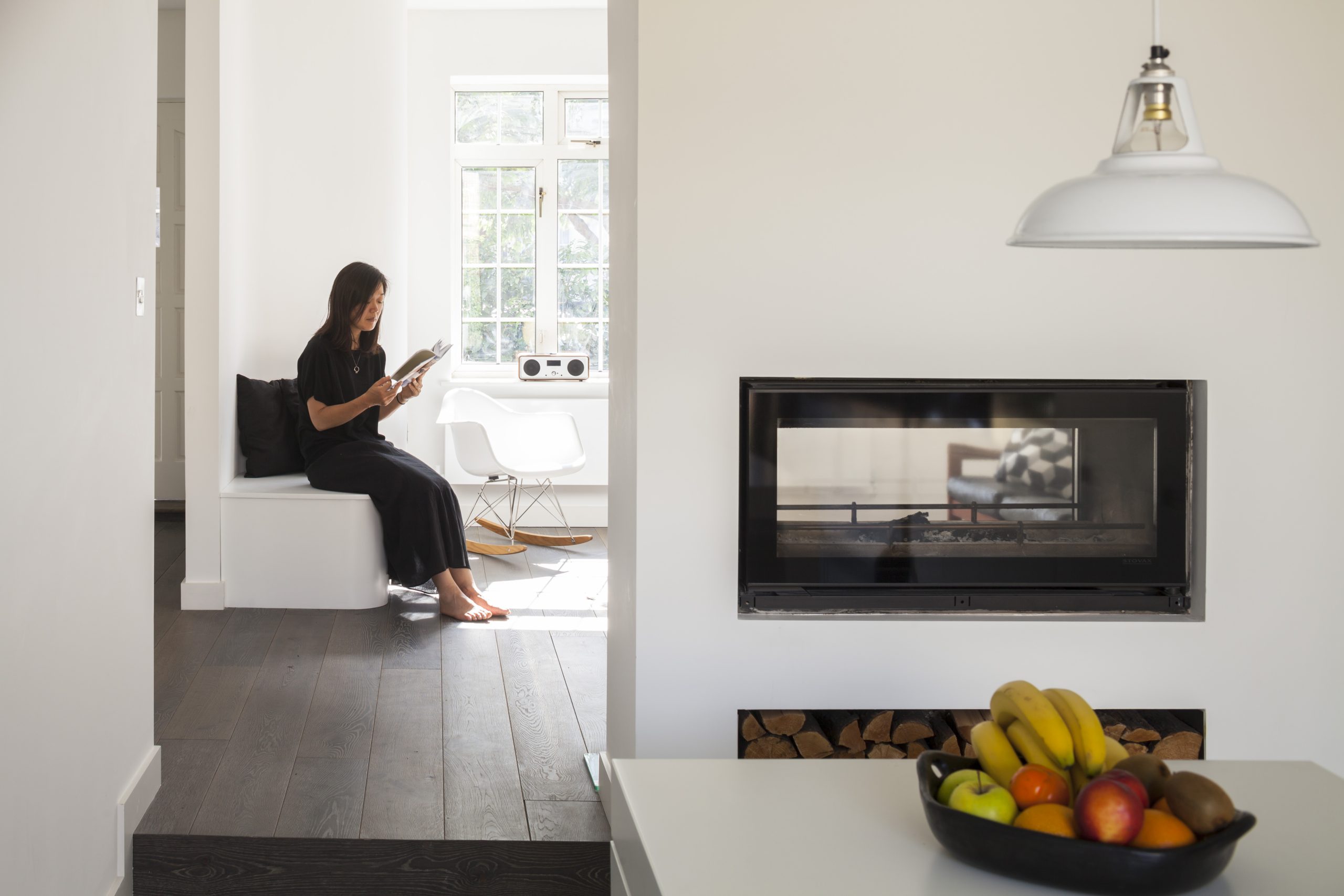
Material tactility is commonly understood as the parts that we can touch — and it plays an important role in our visual and mental perception of space.
Out of the senses, touch gives you a physical understanding of build quality — and has the biggest link to the idea of shelter in humanity’s hierarchy of needs. And yet, we now tend to move through spaces without actually feeling them, and this has proved to be extremely isolating for many.
A notion that Helsinki-based architect and professor, Juhani Pallasmaa, depicts in his famous book, The Eyes of the Skin: Architecture and the Senses.
In his introduction, Pallasmaa revealed that he felt compelled to write because he had “become increasingly concerned about the bias towards the vision, and the suppression of other senses, in the way architecture was conceived, taught and critiqued,” further emphasising that, “Our contact with the world takes place at the boundary line of the self through specialist parts of our enveloping membrane.” Or skin, in other words.
Although first published in 1996, Pallasmaa foresaw the issues with our relationship with social media and being alone, isolated and untouched. “There is no doubt that our technological culture has ordered and separated the senses even more distinctly.”
“Vision and hearing are now the privileged sociable senses, whereas the other three are considered as archaic sensory remnants with a merely private function.” To further support his ideas Pallasmaa notes that, “The dominance of the eye and the suppression of the other senses tends to push us into detachment, isolation and exteriority.” Challenges we have experienced collectively since the last decades.
Touch is inevitable; hence the idea of moving into spaces that are “touchless” post-pandemic isn’t a world many of us would be able to understand. It wouldn’t feel safe and comforting.
To build sustainably is no longer a personal choice, but a regulation — and, moving forward, we are more likely to see natural, sustainable materials that perform more than one function at the forefront.
In other words, familiar materials being represented in an unfamiliar way… There are numerous ways in which we can begin to consider the full potential of a material in an interior space.
The origin of timber, for example, with its character knots and cracks, makes it a rich material that conveys palpable warmth and tangibility.
Interestingly, there are various ways of interpreting its use that can offer many outcomes: solid surfaces, fuel, stationery, sports equipment, plastic substitute in car interiors — all these things can be generated from wood easily, making it a versatile material.
Through the lens of intriguing projects that take advantage of the endless surface-texture possibilities wood provides, we have witnessed how this natural material has expanded extensively across the world.
In design parlance, the tactility of a material is what brings a perfectly fine interior environment up to enviable levels.
The sensations caused by the external surface of objects received through the sense of touch elevates our perception of space — the lack of which deprives the kinaesthetic part of our minds.
Conclusion
Both our interior and exterior surroundings encompass textural components — and as humans, being able to touch and interact with textures helps us to subconsciously measure space and define its value based on our emotive experience. When our sensory need for touch is ignored, the opposite occurs — we inhabit rather than experience the space.





